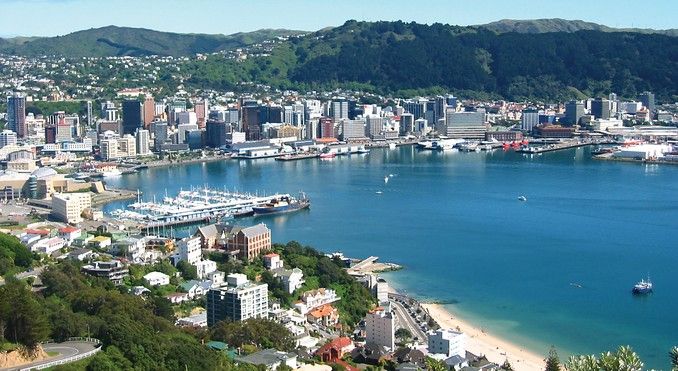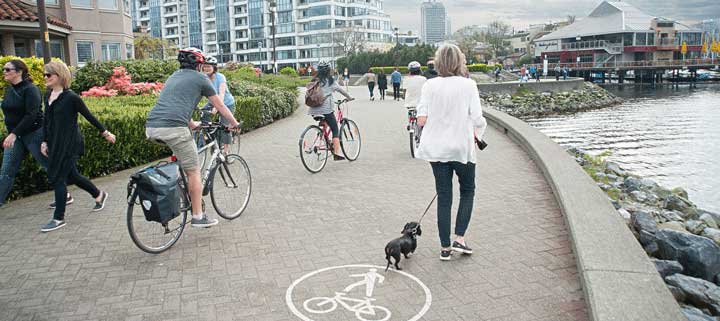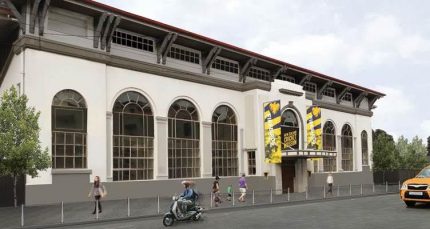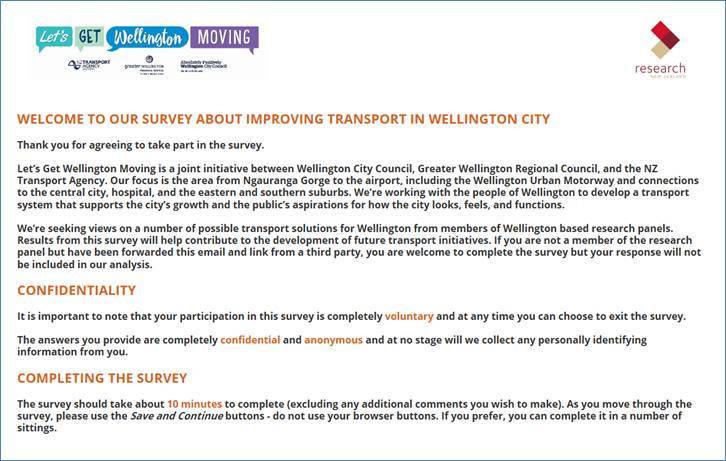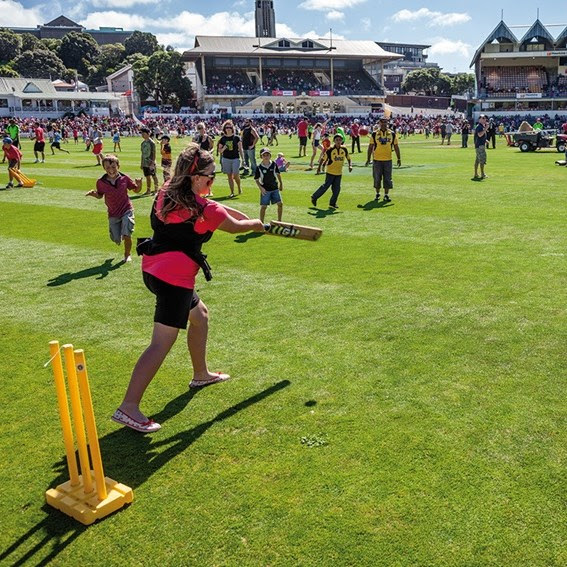Guest post by Liz Springford
This case study from Liz’s Productivity Commission Low Emissions Economy submission is a powerful critique of LGWM’s failure to apply adequate cost-benefit analysis that includes climate change and other health costs.
Case study: Let’s Get Wellington Moving
The recent “Let’s Get Wellington Moving” (or not) joint project between NZTA, GWRC and WCC is a case study of the failure to apply adequate cost-benefit analysis that includes climate change and other health costs.
In 2016, WCC agreed on a Low Carbon Plan 2016-2018 with city-wide targets for reduced emissions by 10% by 2020, 40% by 2030, and 80% by 2050. When Wellington’s emissions were last measured a few years ago, these had dropped less than 2% from baseline. The Plan acknowledges that more than half of Wellington’s emissions are from transport. GWRC has a Climate Strategy to reduce regional emissions, although no specific targets.
Although both Councils’ plan and strategy need updating to match NZ’s new net zero trajectory by 2050, Wellington’s emissions reductions targets were not included in the Let’s Get Wellington Moving consultation. Instead, a vague “Clean and Green” principle to “improve environmental outcomes for Wellington city and the region” was amongst a dozen principles – in response to the first wave of public consultation.
Four scenarios were presented for public consultation late last year. This was basically, one scenario in four sizes: Small, Medium, Large, and Extra-Large – ranging from “a little more active and public transport provision plus a little more roading”, to “a lot of active and public transport provision plus a lot of roading”. The capacity of improved active and public transport to decongest existing roading provision was ignored. Likewise, induced increases in private fossil fuelled vehicles by increasing roading provision were also ignored.
Climate impact analysis was limited to noting under the “Clean and Green” principle that for each sized scenario there will be “No significant change to greenhouse gas emission at a regional level”. Construction costs of each scenario were detailed for the public, but not the running costs – that is, the impact on Wellington’s transport emissions contributing to the ongoing operational costs over the lifetime of the infrastructure.
Another wave of public consultation appears to have sent a strong climate-protecting message. However, this case study indicates the urgency in introducing accurate up-to-date shadow pricing across the state sector and influencing local government to follow suit. Delay risks wasting taxes and rates, plus inheriting high-emissions white elephant infrastructure that limits our capacity to move towards net zero NZ fast enough.
